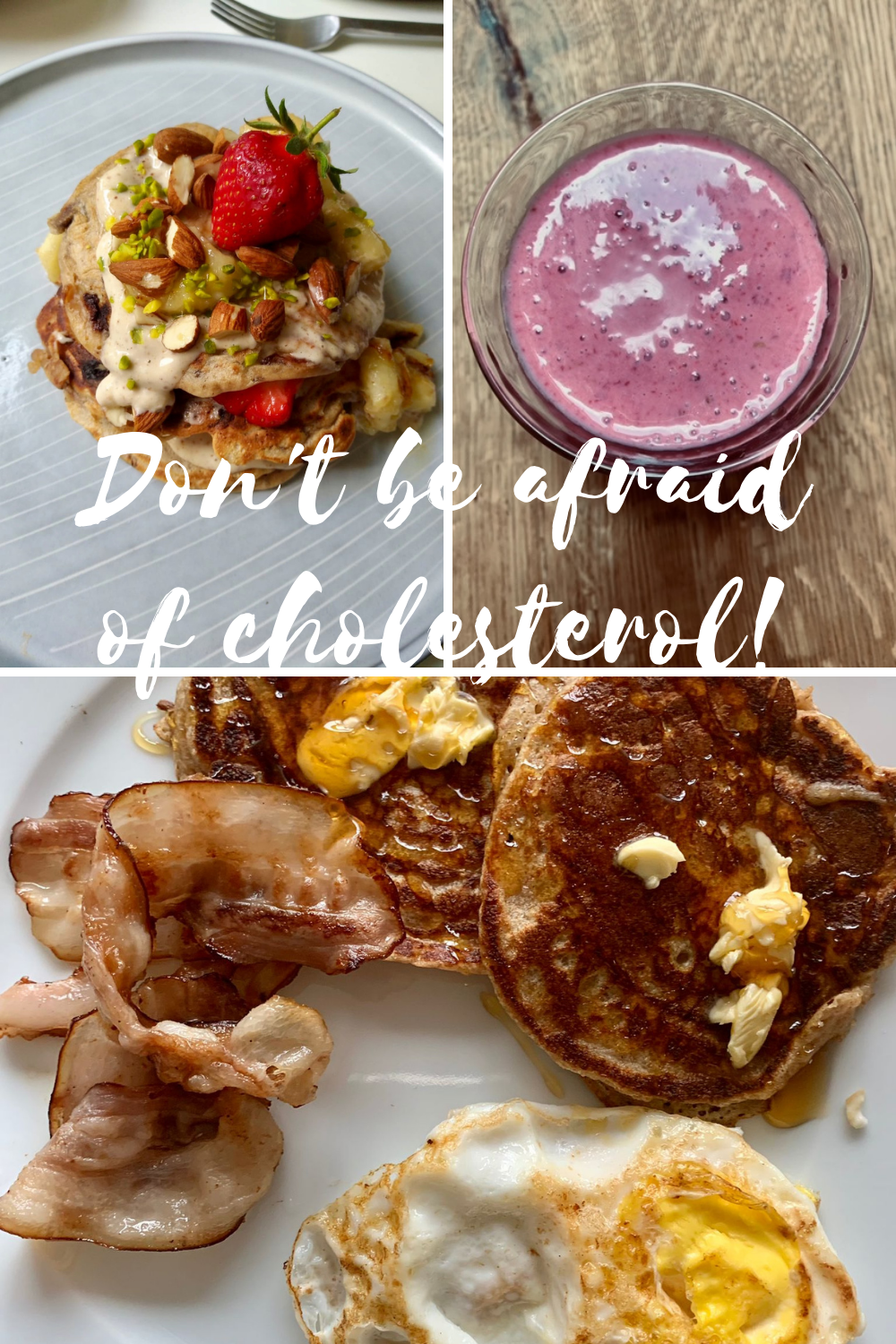I last published an article on the subject of fats. Of course, anyone who talks about fats must not forget cholesterol. When we talk about cholesterol in everyday life with patients or relatives, it is usually only in the context of elevated blood lipid levels: „Your cholesterol level is too high, we urgently need to lower it!“. I admit to having heard more than once that we can hardly influence our cholesterol levels with our diet. Since pills are quicker to take than diet and lifestyle changes, it didn’t surprise me much that cholesterol-lowering drugs are widely prescribed (they are, after all, among the top 10 best-selling drugs in the world). However, in my research for this post, I came across a few things that honestly shocked me a bit. That what our cholesterol theory is based on is supposed to be invented (at least in parts)?! But see for yourself:
„There is absolutely no link between dietary cholesterol and blood cholesterol. None. And we’ve always known that. Cholesterol in food does nothing at all …“ (Ancel Keys, American nutritionist, 1904-2004). He himself had originated the theory that dietary cholesterol was harmful and could lead to heart attacks, etc. However, he had bent the evidence from his so-called seven-country study to fit what he wanted to say. (1)
In this article you will learn why you don’t have to be afraid of cholesterol, why it is not only bad, but also has other important properties. Have fun reading! 😊
What is cholesterol?
Cholesterol or more correctly cholesterol is a polycyclic alcohol that belongs to the steroids. Steroids, in turn, are a group of lipids along with fatty acids and triglycerides. Steroids also include glucocorticoids (e.g. cortisol), sex hormones (e.g. estrogen) and bile acids. The production of cholesterol takes place especially in the liver, intestine and brain. In addition, it is found primarily in foods of animal origin, e.g. butter. More than 90% of the total cholesterol is produced in the body and only a small part is absorbed through food! The level of cholesterol can therefore only be influenced to a small extent by food. In the course of life as well as during pregnancy, the level usually increases. (2,3)
What are LDL and HDL?
These are quasi transport proteins („low-“ and „high-densitiy lipoprotein“) of cholesterol. LDL is commonly known as „bad“ and transports cholesterol from the liver to other tissues. HDL, on the other hand, is „good“ and transports it the other way around back to the liver, from where it is then excreted as bile acids or directly through the bile. (2)(3)
What are the functions of cholesterol?

- Together with saturated fatty acids, cholesterol is an important component of cell membranes. It gives them stability and the necessary mobility. It also serves as an important repair molecule. (2)
- It is the precursor of vital hormones, corticosteroids, which include cortisol, and the sex hormones testosterone, estrogen and progesterone. (2)
- Bile acids are formed from cholesterol. These are important for fat digestion and absorption.
- With a few detours, vitamin D is formed from a precursor of cholesterol. This in turn has important functions in bone metabolism and the function of the immune system, among other things. (4)
- Cholesterol also has an influence on embryonic development processes. It has been shown that cholesterol-lowering drugs, „statins,“ can lead to malformations during pregnancy. Accordingly, cholesterol levels may increase during pregnancy. (5,6).
- It has an influence on the BDNF (brain derived neurotrophic factor) receptor. This in turn is important for the effect of antidepressants. Both too high and too low levels can deform the receptor and thus prevent the docking of the active substances. (7)
- In addition, cholesterol is present in breast milk (approximately 25mg/100mg). It is important for healthy brain and nervous system development. (8)
So what’s so bad about cholesterol?
It is mainly the oxidized LDL that is problematic. This occurs when free radicals are formed, for example, by inflammation in the body, cigarette smoke, excessive stress, or poor diet (9). It can also be oxidized by intense heat or chemical changes. Accordingly, oxidized cholesterol is found in many convenience foods, dried eggs, powdered milk, and frying fats. This type of cholesterol is responsible for damage to the vascular wall and the formation of plaques (which actually serve to repair the damaged vascular wall). In the long term, this can develop into what is known as atherosclerosis. This results in secondary diseases such as coronary heart disease (CHD), myocardial infarction and stroke (10)(11).
So what do we conclude?
Like everything in life, cholesterol is not all bad or all good – it depends on the type! With a balanced diet and a healthy lifestyle with adequate exercise, no one need be afraid of consuming too much cholesterol. On the other hand, we should try to keep the amount of oxidized LDL low. So rather rely on natural fats and eliminate highly processed products from our diet as much as possible!
Addendum: If you suffer from one of the mentioned secondary diseases, you should follow the therapy of your family doctor. My contribution serves only as an inspiration for a healthy lifestyle!
I hope there was something new and interesting for you!
Your Alina